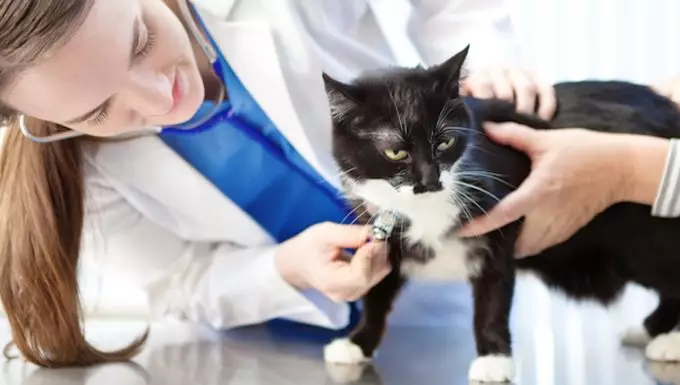Cat owners often find themselves in distressing situations when their furry companions experience epileptic seizures. These episodes are primarily the result of abnormal electrical activity in the cat’s brain, leading to a disruption of normal functions. While the sight of a cat having a seizure can be alarming, it is crucial to understand that these incidents may stem from a variety of underlying issues. Recognizing the signs early and seeking veterinary intervention can play a significant role in effectively managing the condition.
Common Symptoms to Watch Out For
Recognizing the onset of a seizure in cats can be challenging, especially since not all symptoms are immediately apparent. Owners should be vigilant for several key indicators: sudden loss of consciousness, excessive drooling, loss of bladder or bowel control, convulsions, restlessness, muscle twitching, and even brief episodes of frantic pacing or circling behavior. Seizures typically unfold in three discernible phases. The preliminary phase may present as excessive salivation and restlessness, followed by an active phase characterized by convulsions and disorientation before culminating in a postictal phase where the cat appears confused and uncoordinated.
Understanding what triggers seizures is paramount for treatment. A myriad of factors could contribute to this neurological disorder. Trauma, such as a head injury, is a possible catalyst, alongside the presence of toxic substances ingested by the cat. Infections, tumors, and genetic predispositions can also play significant roles. Therefore, when faced with a seizure, it is critical to provide the veterinarian with comprehensive information about the circumstances leading up to the episode, which can aid in accurate diagnosis.
The Importance of Veterinary Diagnosis
Veterinary intervention is essential when managing feline seizures. A veterinarian will likely start with a detailed inquiry into the cat’s medical history and symptoms. This comprehensive assessment may include a thorough physical examination, blood and urine tests, and, if necessary, advanced imaging techniques such as a CT scan or MRI. The careful process of elimination is critical to rule out other potential causes for the neurological abnormality.
Once a proper diagnosis is established, the primary focus of treatment will generally be to control further seizures. Typically, this involves the administration of anticonvulsant medications tailored to the individual needs of the cat. Following the veterinarian’s guidelines on dosage and frequency is crucial for successful management. Additionally, regular follow-ups may be required to assess the cat’s response to treatment and make necessary adjustments.
If you suspect your cat is experiencing seizures, do not hesitate to consult your veterinarian. The early identification of symptoms and the swift pursuit of medical advice can dramatically improve your pet’s quality of life. As you embark on this journey of care, be sure to maintain open communication with your vet, document your cat’s episodes, and remain informed about the condition. Understanding epilepsy in cats can empower you to provide the best possible support for your feline friend.


Leave a Reply